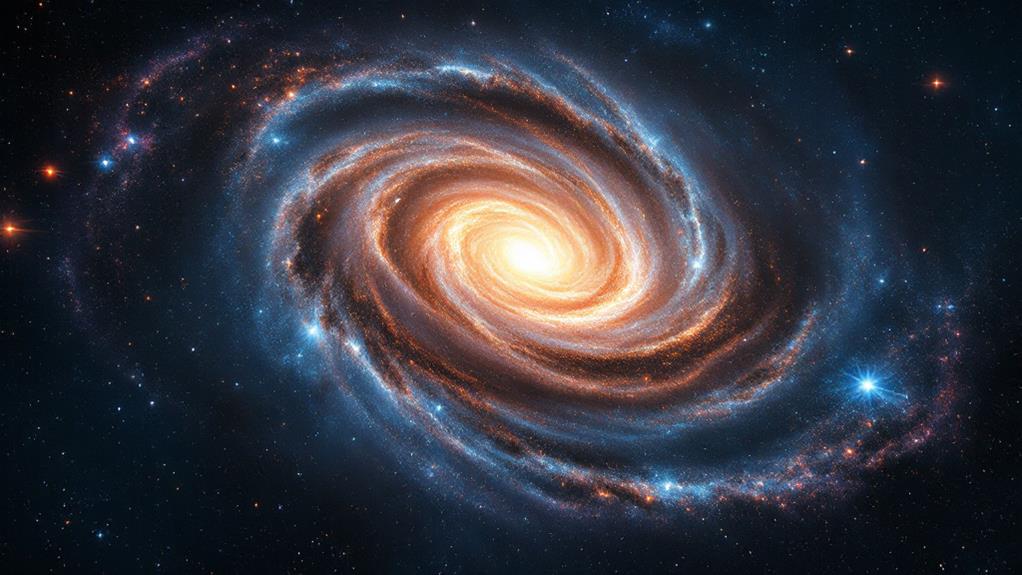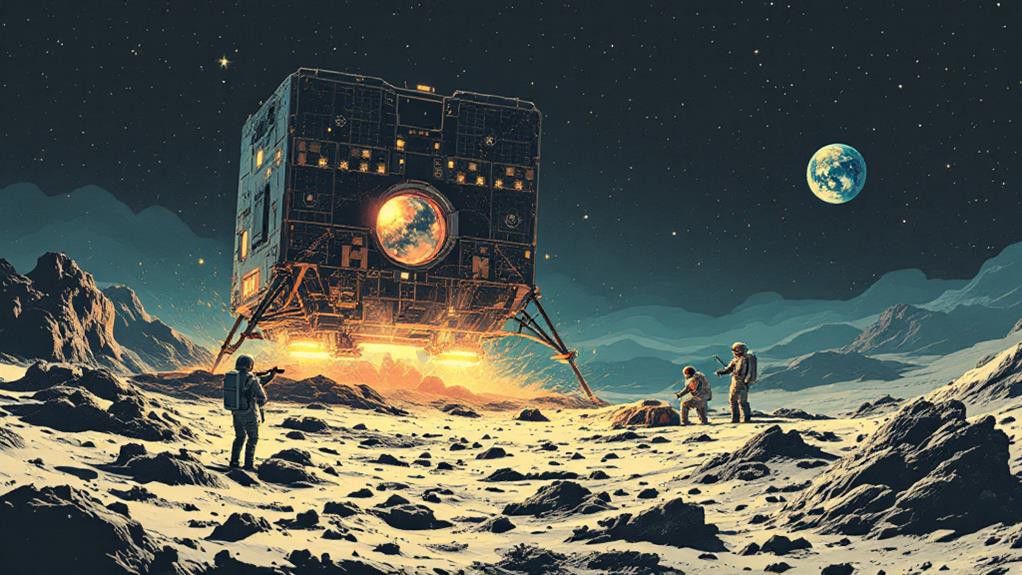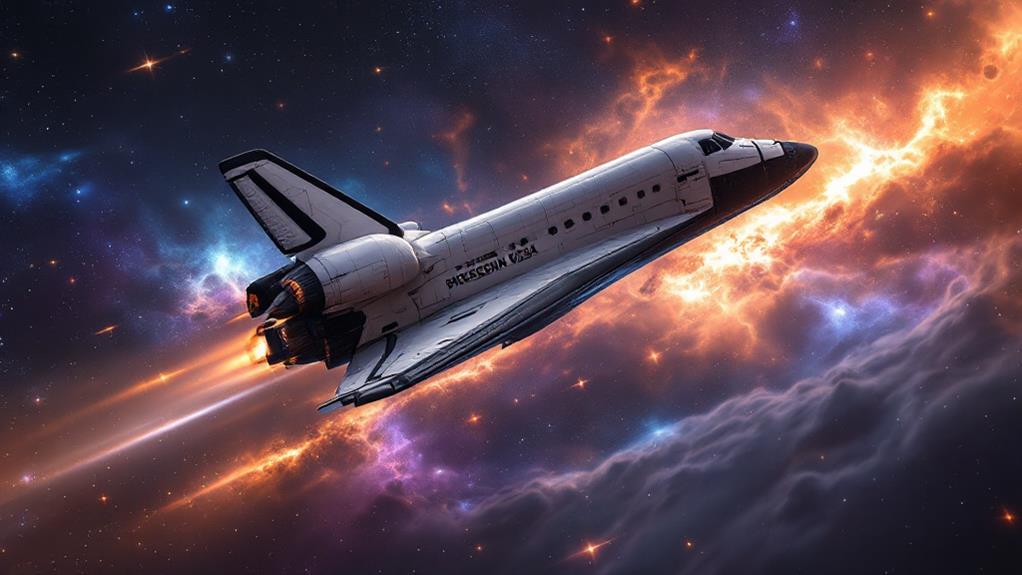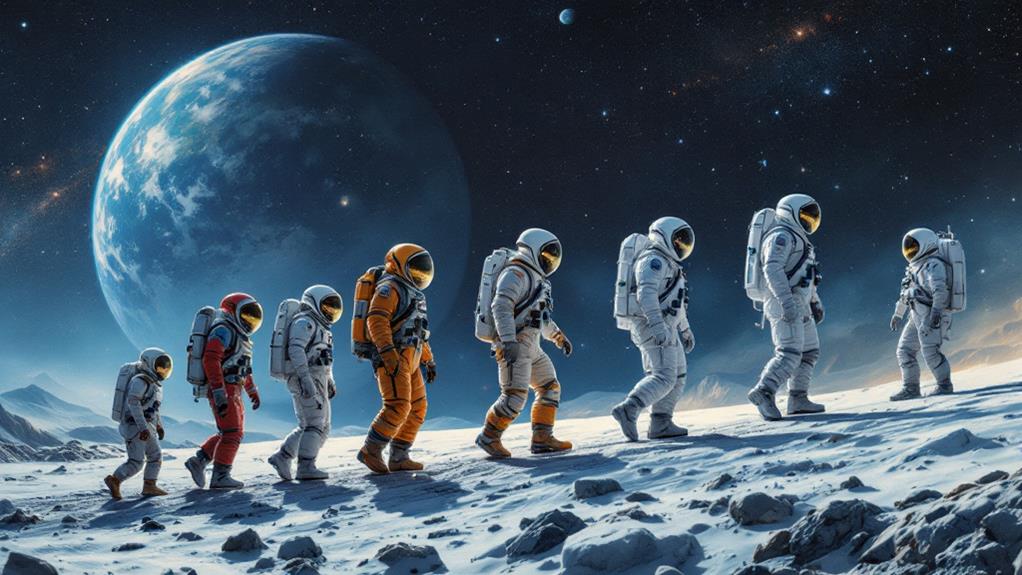Interesting Facts About NASA: America’s Leading Space Agency
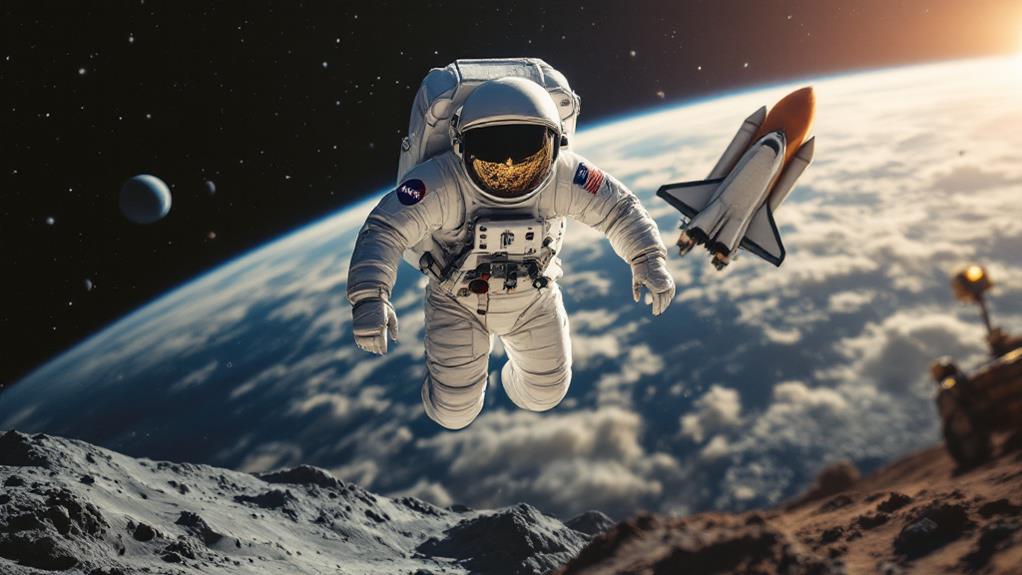
NASA's impact extends far beyond space exploration. You've likely used innovations like memory foam or water purification systems that originated from their research. Behind the scenes, a diverse team of over 17,000 employees, including seamstresses and scuba divers, support NASA's missions. The agency has set impressive records, like the Parker Solar Probe reaching 430,000 mph. They've accomplished astounding milestones in interplanetary exploration, from Mars rovers to Pluto flybys. NASA also offers extensive educational resources and opportunities for students and teachers. There's a universe of fascinating facts about America's leading space agency waiting to be uncovered.
NASA's Earthly Innovations
While NASA is renowned for its space exploration, you'll often encounter its innovations in your everyday life. The agency's research has led to numerous advancements in various fields, including sustainable technologies and aerospace engineering.
You might be surprised to learn that NASA's inventions have found their way into your home and workplace. Memory foam, originally developed to improve crash protection for aircraft passengers, now provides comfort in mattresses and pillows. The agency's water purification systems, designed for space missions, have been adapted to provide clean drinking water in developing countries.
NASA's aerospace engineering field has also contributed to safer air travel. Their anti-icing systems for aircraft have substantially reduced in-flight icing incidents. Additionally, NASA-developed grooved pavement technology has improved runway safety during wet conditions.
In the domain of sustainable technologies, NASA's research has led to more efficient solar cells and advanced insulation materials. These innovations are now being used to create energy-efficient buildings and improve renewable energy production. Even the air quality in your home might be better thanks to NASA's air purification technology, initially designed for spacecraft cabins.
Hidden Figures Behind the Scenes
The unsung heroes of NASA's achievements often go unnoticed, working tirelessly behind the scenes to make space exploration possible. You might be surprised to learn about the critical support roles that keep NASA running smoothly. From engineers and technicians to administrative staff and custodians, these hidden figures contribute significantly to the agency's success.
Did you know that NASA employs over 17,000 people across various centers and facilities? Many of these employees work in roles you've probably never considered. For instance, there are seamstresses who craft custom spacesuits, cooks who prepare meals for astronauts, and even scuba divers who train astronauts for weightlessness. You'll find mathematicians crunching numbers, psychologists supporting astronaut mental health, and librarians managing vast amounts of research data.
These unsung heroes play indispensable roles in mission planning, equipment maintenance, and data analysis. They're the ones ensuring that every launch is safe, every experiment is properly documented, and every astronaut is well-prepared. While they may not make headlines, their dedication and proficiency are essential to NASA's continued achievements in space exploration.
Space Oddities and Records
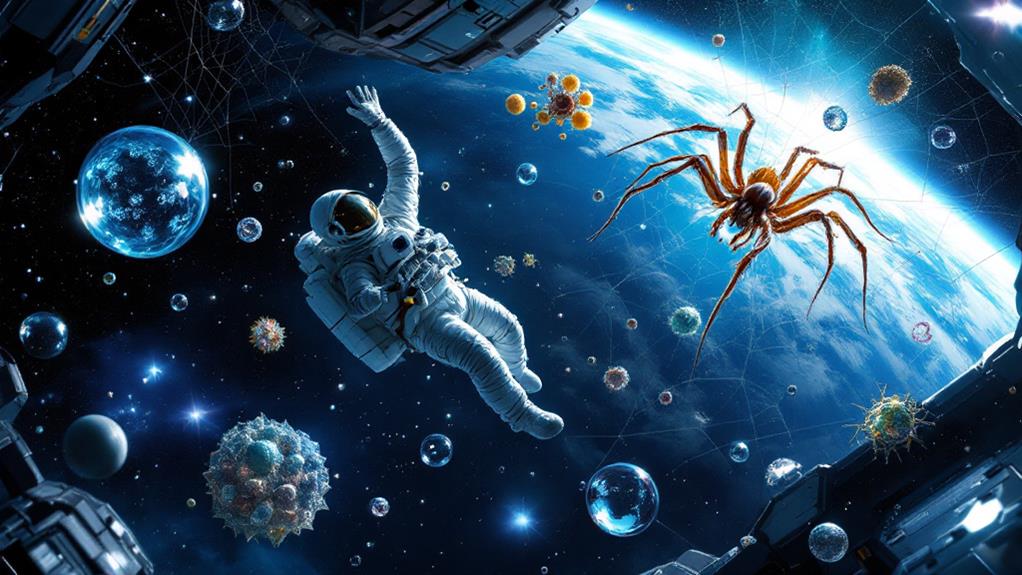
Space exploration has produced its fair share of strange unearthed items and impressive milestones. As you immerse into NASA's history, you'll uncover a world of unexplained sightings and unusual astronaut experiences that challenge our understanding of the cosmos.
NASA's records are as impressive as they are diverse. You might be surprised to learn that:
- The longest continuous time spent in space is 437 days, achieved by Russian cosmonaut Valeri Polyakov aboard the Mir space station.
- The fastest human-made object is NASA's Parker Solar Probe, reaching speeds of up to 430,000 mph as it orbits the Sun.
- The most distant human-made object is Voyager 1, which has traveled over 14 billion miles from Earth since its launch in 1977.
Astronauts have reported peculiar occurrences during their missions, from mysterious flashes of light to unidentified flying objects. While many of these sightings have scientific explanations, others remain enigmatic. NASA continues to explore the boundaries of space exploration, uncovering new oddities and setting records that captivate our imagination and fuel our desire to understand the universe.
Interplanetary Exploration Milestones
NASA's interplanetary exploration has yielded innovative findings and impressive technological feats. You'll be amazed by the agency's accomplishments in exploring our solar system. From the first successful flyby of Mars by Mariner 4 in 1965 to the recent Perseverance rover landing in 2021, NASA has continuously pushed the boundaries of space exploration.
The Mars rover missions have been particularly pioneering. Spirit and Opportunity, launched in 2003, far exceeded their planned 90-day missions, operating for years and making significant revelations about Mars' past water activity. Curiosity, which landed in 2012, has been studying the planet's geology and climate, while Perseverance is searching for signs of ancient microbial life.
NASA's deep space probe launches have also been noteworthy. The Voyager missions, launched in 1977, continue to send data from interstellar space. New Horizons provided the first close-up images of Pluto in 2015, while Juno is currently orbiting Jupiter, revealing secrets about the gas giant's composition and magnetic field. These missions have dramatically expanded our understanding of the solar system and beyond.
NASA's Educational Impact
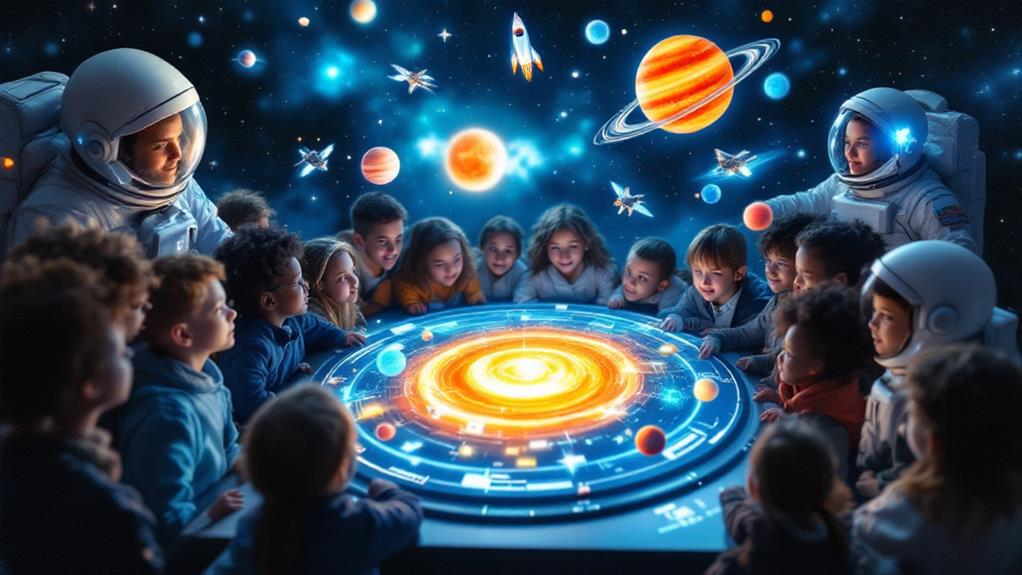
Beyond its scientific achievements, NASA has made an enduring, lasting, permanent mark on education worldwide. You've likely encountered NASA's influence in your own educational journey, whether through classroom materials or inspirational space-themed projects.
NASA's educational outreach programs have reached millions of students and educators. They offer:
- Free educational resources, including lesson plans, videos, and interactive tools
- STEM-focused competitions and challenges for students of all ages
- Professional development opportunities for teachers to enhance their space science knowledge
You'll find that NASA's impact extends beyond the classroom. The agency provides student career opportunities through internships, fellowships, and apprenticeships. These programs allow aspiring scientists and engineers to gain hands-on experience working alongside NASA professionals.
NASA's commitment to education isn't limited to the United States. The agency collaborates with international partners to promote space science education globally. You can access many of NASA's educational resources online, regardless of your location. This widespread availability guarantees that NASA's educational impact continues to inspire and educate future generations of space travelers and scientists worldwide.
